It is “L’alcova d’acciaio”, a novel in which Filippo Tommaso Marinetti recounts his wartime experience driving the Lancia-Ansaldo “1Z” armored car during the First World War, that inspires Umberto Cavenago’s installation.
The work reinterprets in an anti-war key the innovative assault vehicle celebrated by Marinetti in the name of the machinist myth, typical of futurism. L’alcòva d’acciaio by Umberto Cavenago is a powerful Cor-Ten vehicle, devoid of any belligerent purpose and built with solid, geometrically clear volumes. Hidden in a forest that grows and thickens, it is destined to be more and more hidden and seemingly impregnable: a perfect shelter to take refuge in silence.
The characteristic of Cor-Ten is that it protects itself from the aggression of atmospheric agents, through the surface formation of a passivating patina, formed by the oxides of its elements. Passivation protects against corrosion and changes chromatic hue over time. This behaviour is very different from that of carbon steel which is vulnerable to the corrosive action which makes the surface of the metal porous and brittle. The layer of rust that is created advances, revealing and affecting the underlying part composed of iron, until it is completely consumed.
Composed between 1919 and 1920 and published in 1921 by Vitigliano.
The novel is the triumphal chronicle of the last year of the First World War, from the Piave counter-offensive to the Battle of Vittorio Veneto, seen through the eyes of the author, a futurist poet, gunner and then commander of the crew of the "74", the self-propelled gun "1Z Lancia Ansaldo".
The vehicle was adopted in 1915 by the Royal Army in 150 units, assigned in squadrons to the cavalry divisions: They were used in action from the Second Battle of Isonzo until the Battle of Vittorio Veneto.
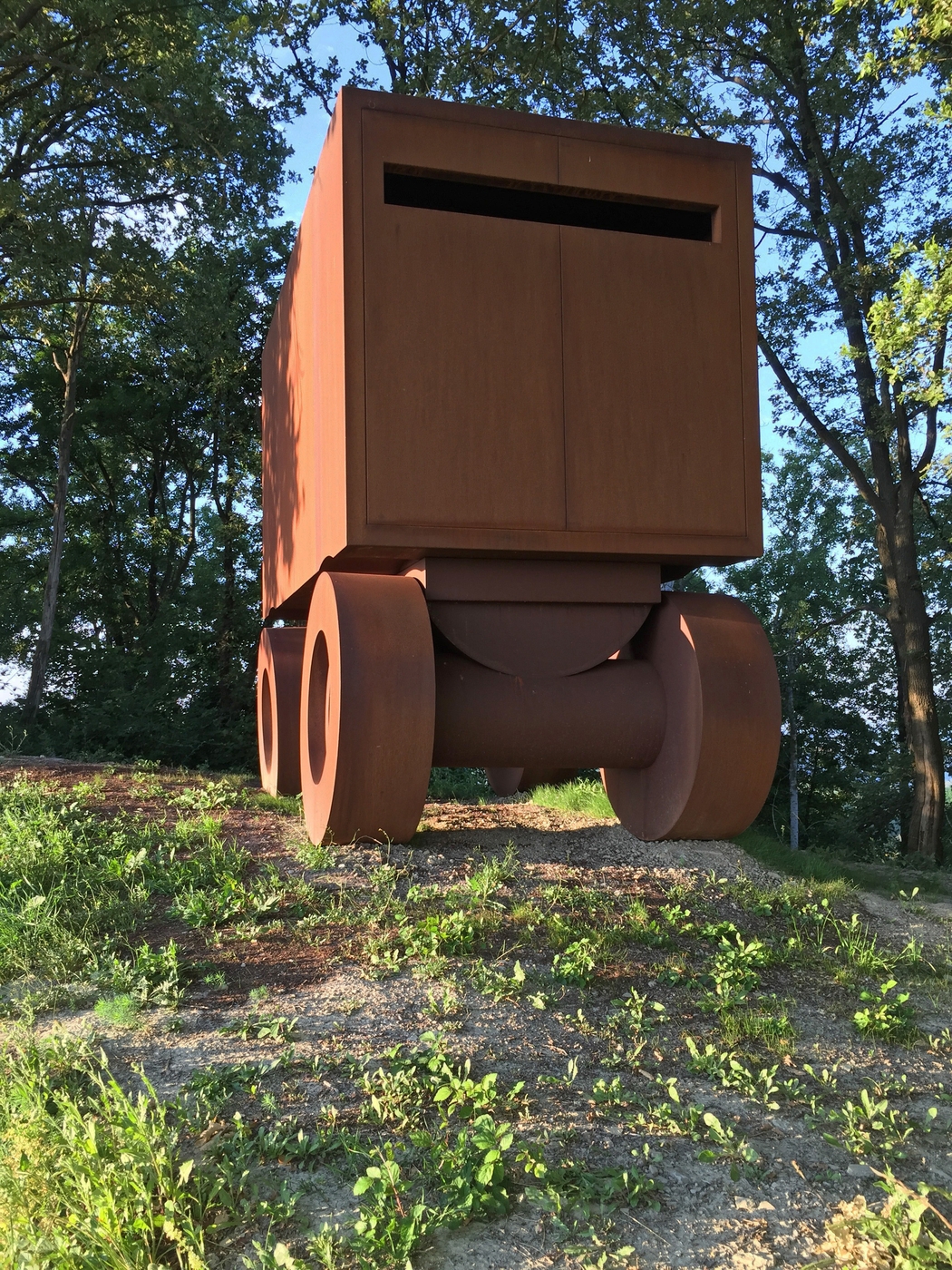
It is “L’alcova d’acciaio”, a novel in which Filippo Tommaso Marinetti recounts his wartime experience driving the Lancia-Ansaldo “1Z” armored car during the First World War, that inspires Umberto Cavenago’s installation.
The work reinterprets in an anti-war key the innovative assault vehicle celebrated by Marinetti in the name of the machinist myth, typical of futurism. L’alcòva d’acciaio by Umberto Cavenago is a powerful Cor-Ten vehicle, devoid of any belligerent purpose and built with solid, geometrically clear volumes. Hidden in a forest that grows and thickens, it is destined to be more and more hidden and seemingly impregnable: a perfect shelter to take refuge in silence.
The characteristic of Cor-Ten is that it protects itself from the aggression of atmospheric agents, through the surface formation of a passivating patina, formed by the oxides of its elements. Passivation protects against corrosion and changes chromatic hue over time. This behaviour is very different from that of carbon steel which is vulnerable to the corrosive action which makes the surface of the metal porous and brittle. The layer of rust that is created advances, revealing and affecting the underlying part composed of iron, until it is completely consumed.
Composed between 1919 and 1920 and published in 1921 by Vitigliano.
The novel is the triumphal chronicle of the last year of the First World War, from the Piave counter-offensive to the Battle of Vittorio Veneto, seen through the eyes of the author, a futurist poet, gunner and then commander of the crew of the "74", the self-propelled gun "1Z Lancia Ansaldo".
The vehicle was adopted in 1915 by the Royal Army in 150 units, assigned in squadrons to the cavalry divisions: They were used in action from the Second Battle of Isonzo until the Battle of Vittorio Veneto.
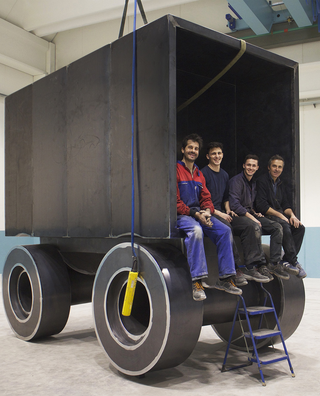
Morgan, Andrea, Giorgio e Saule Rebuzzi
Photo @ Umberto Cavenago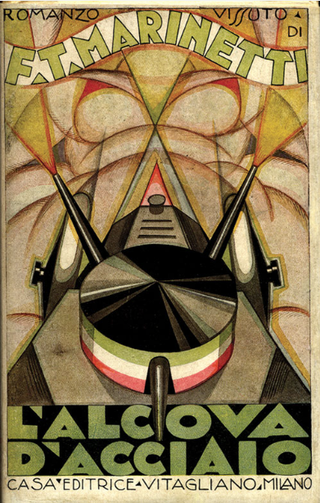
Original cover of L’alcòva d’acciaio, novel by Filippo Tommaso Marinetti
composed between 1919 and 1920 and published in 1921 by Vitigliano.
The novel is the triumphal chronicle of the last year of the First World War, from the Piave counter-offensive to the Battle of Vittorio Veneto, seen through the eyes of the author, a futurist poet, gunner and then commander of the crew of the "74", the self-propelled gun "1Z Lancia Ansaldo".
The vehicle was adopted in 1915 by the Royal Army in 150 units, assigned in squadrons to the cavalry divisions:
They were used in action from the Second Battle of Isonzo until the Battle of Vittorio Veneto.
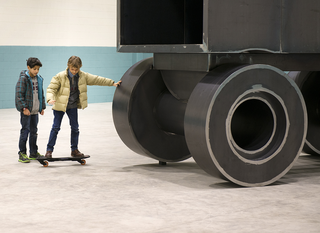
Carlo Gelmi e Andrea Cavenago
Photo @ Umberto Cavenago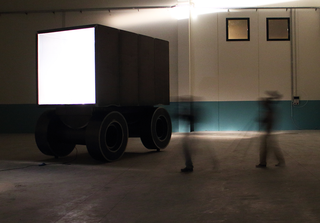
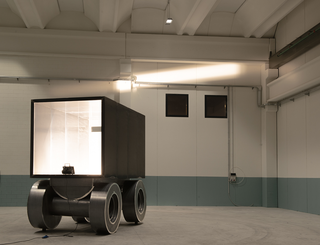
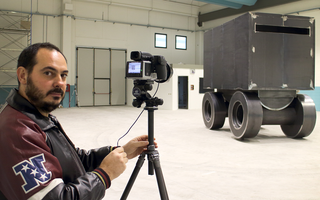
Alessandro Zambianchi
Photo @ Umberto Cavenago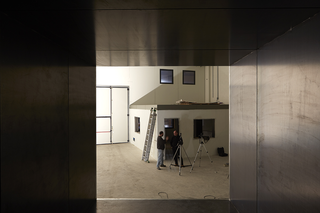
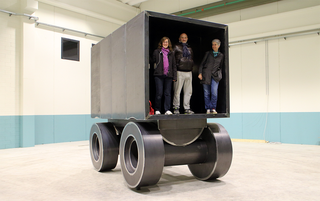
Ilaria Caldirola, Lucio Arzuffi and Larissa Galler inside the sculpture
Photo @ Umberto Cavenago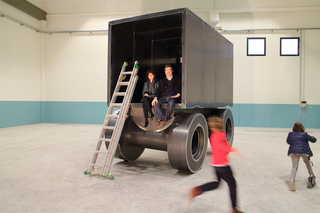
Patrizia Musso
Photo @ Umberto Cavenago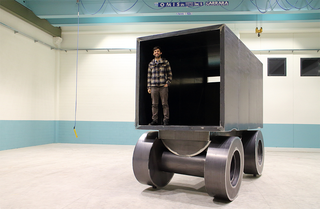
Alessandro Castiglioni
Photo @ Umberto Cavenago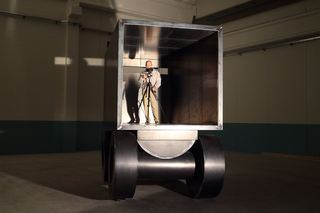
Bart Herreman
Photo @ Umberto Cavenago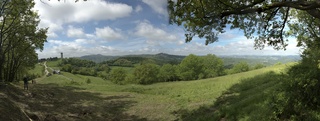
Setting
Photo @ Roberto Colombo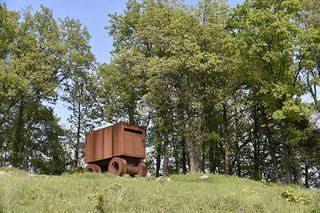
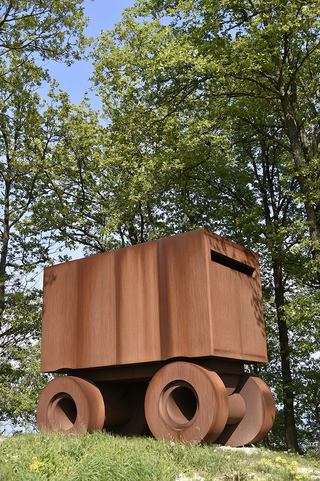
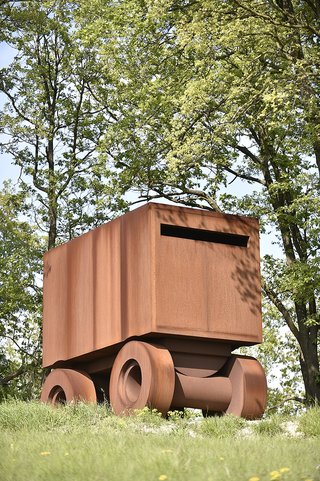
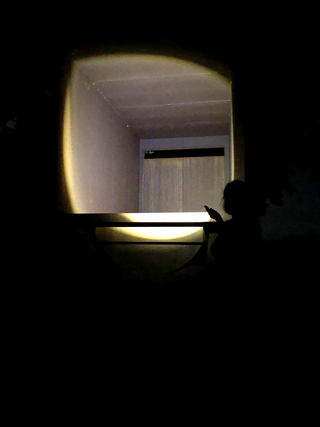
Inside the sculpture, during a survey at night
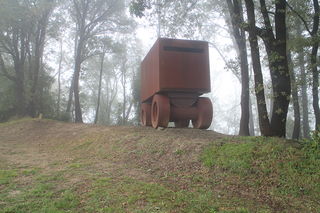
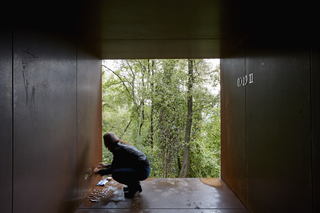
Barbara De Ponti sets her work Time map, inside L'alcòva d'acciaio on the occasion of the fourth edition of Prière de toucher, project conceived and curated by Ermanno Cristini
Photo @ Bart Herreman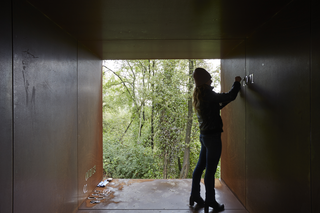
Barbara De Ponti sets her work Time map, 2015
Photo @ Bart Herreman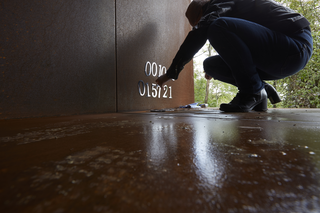
Barbara De Ponti sets her work Time map, 2015
Photo @ Bart Herreman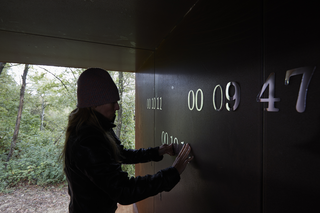
Barbara De Ponti sets her work Time map, inside L'alcòva d'acciaio on the occasion of the fourth edition of Prière de toucher, project conceived and curated by Ermanno Cristini
Photo @ Bart Herreman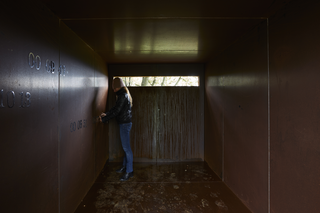
Barbara De Ponti sets her work Time map, 2015
Photo @ Bart Herreman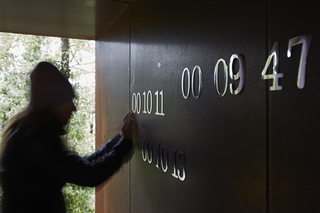
Barbara De Ponti sets her work Time map, 2015
Photo @ Bart Herreman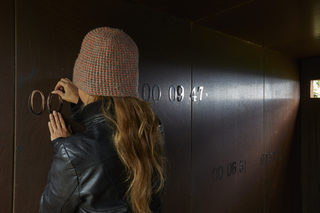
Barbara De Ponti sets her work Time map, 2015
Photo @ Bart Herreman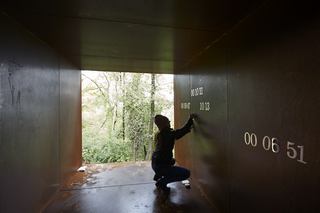
Barbara De Ponti sets her work Time map, inside L'alcòva d'acciaio on the occasion of the fourth edition of Prière de toucher, project conceived and curated by Ermanno Cristini
Photo @ Bart Herreman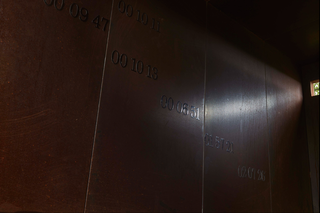
Barbara De Ponti
Time map, 2015
metal stickers on Cor-Ten
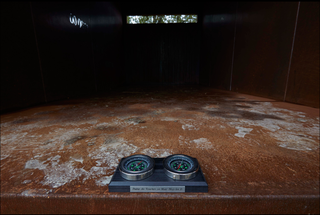
Ermanno Cristini
Artistic Gymnastics. Prière de Toucher on mute map for D., 2015
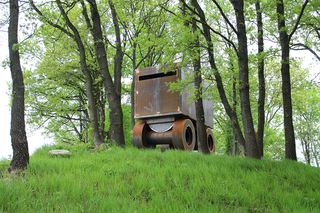
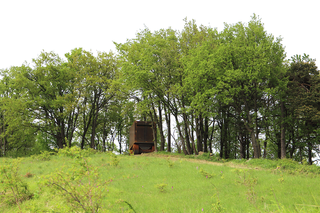
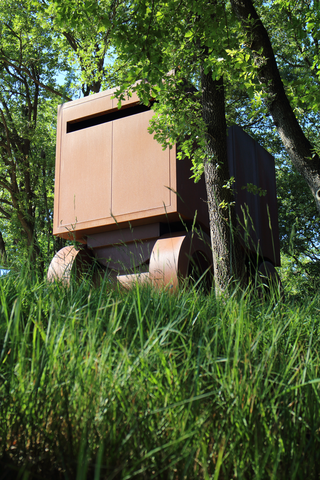
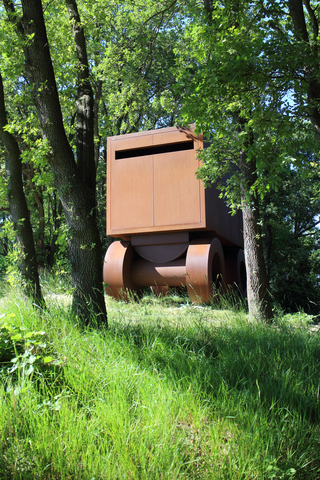
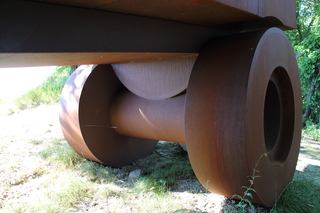
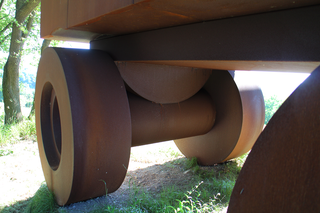
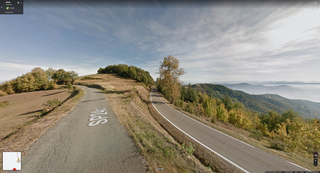
Google Street View
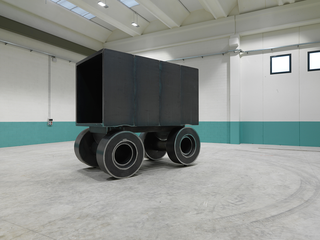
L'alcòva d'acciaio accomplished at Officine Rebuzzi
Photo @ Alessandro Zambianchi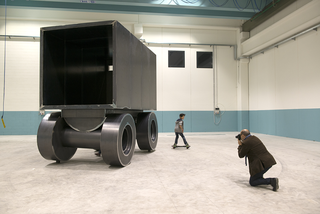
Vittorio e Carlo Gelmi
Photo @ Umberto Cavenago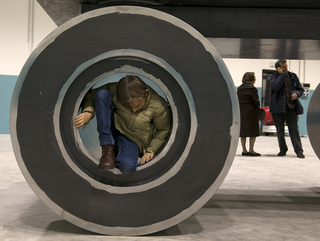
Andrea Cavenago
Photo @ Umberto Cavenago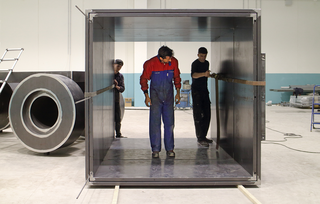
Morgan Rebuzzi inspects the junctions of the box elements that make up the body of L'alcòva d'acciaio.
Photo @ Umberto Cavenago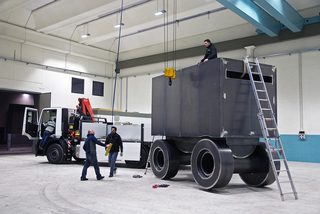
Preparations for disassembly before the transport. At Rebuzzi.it
Photo @ Umberto Cavenago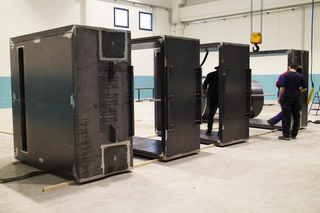
Preparation phase at Rebuzzi.it
Photo @ Umberto Cavenago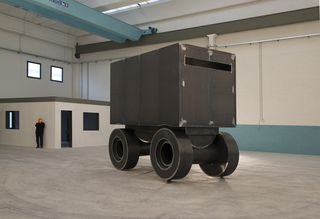
L'alcòva d'acciaio accomplished at Officine Rebuzzi
Photo @ Alessandro Zambianchi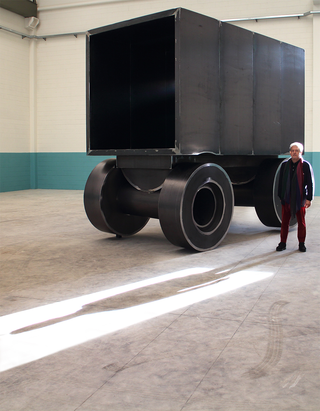
Anselmo Basso portrayed by Umberto Cavenago
Photo @ Umberto Cavenago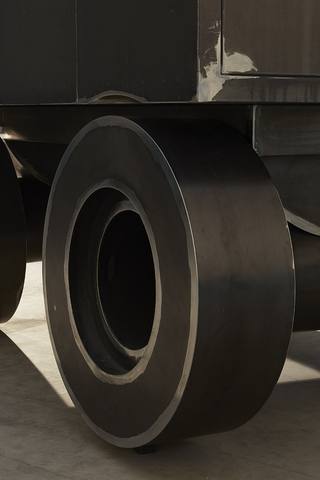
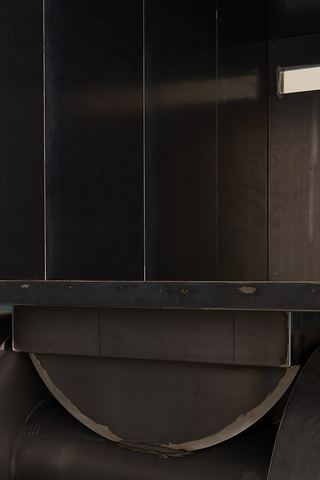
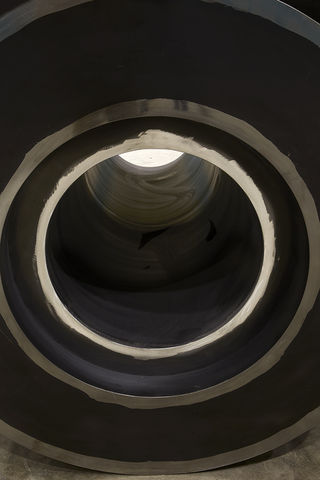
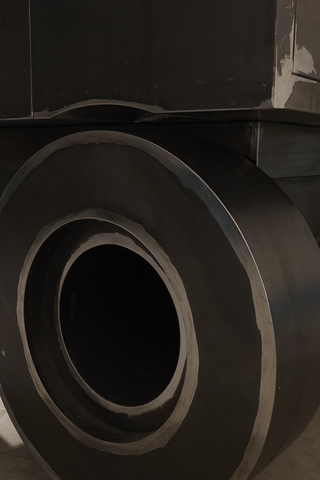
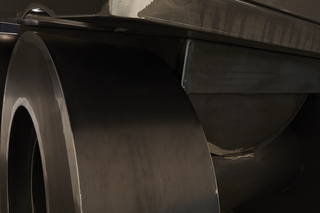
Social
Contatti
umberto@cavenago.info